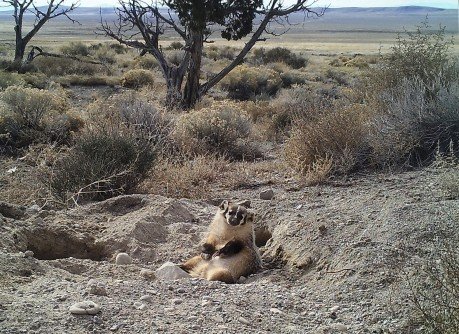Subscribe to Our Newsletters
Feedstuffs is the news source for animal agriculture
Previously unknown caching behavior in which American badger buries dead calf could benefit western cattle ranchers by eliminating carrion from rangelands.
April 3, 2017

You May Also Like